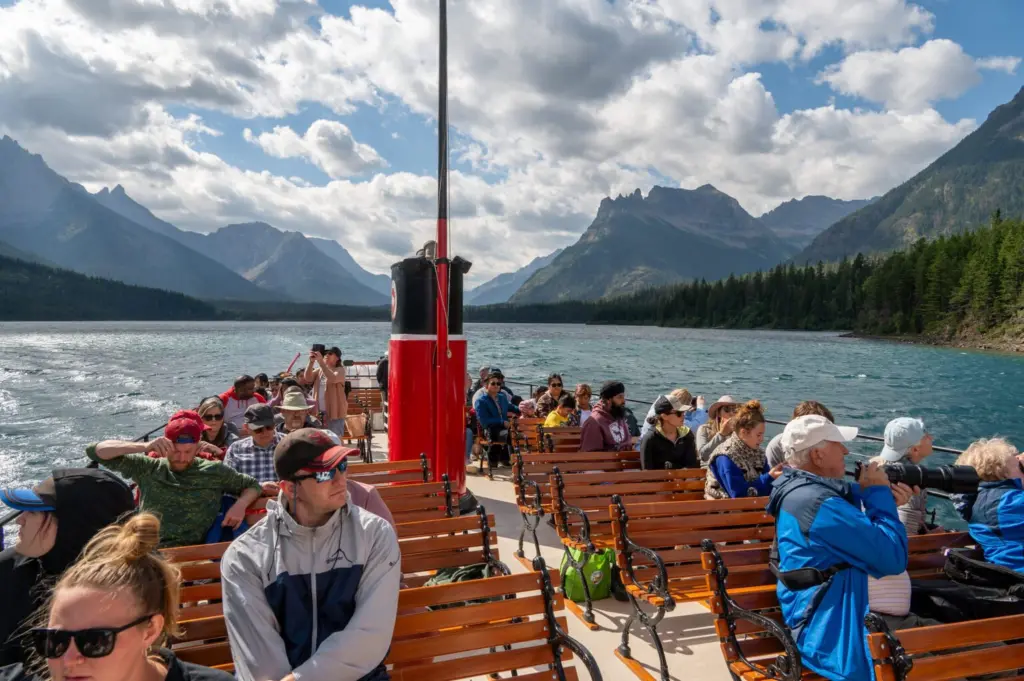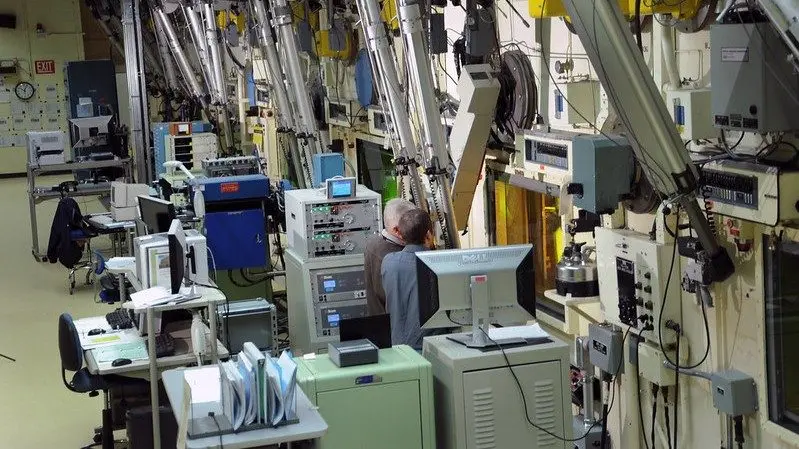BILLINGS, MT – The shutdown of the federal government, which began Wednesday, could have a more visible presence in Montana due to the outsized impact the National Park system has on Montana’s economy.
According to a report released Monday by the National Park Service, the state is a top-15 benefactor of national parks in terms of visitor spending, jobs, labor income, value added to the state and overall economic output.
Last year, visitors spent roughly $838 million in Montana communities near the national parks and historic sites, anchored by Glacier National Park and Yellowstone National Park.
Lucrative, but not fully staffed
Glacier and Yellowstone national parks bring in a lot of money to local communities, but they aren’t staffed up with the federal shutdown. Read Friday’s story about how the shutdown affects the parks in Montana.
National Park Service sites contributed to about 9,293 jobs in Montana, about $408 million in labor income, added $675 million in value to the state’s economy, and contributed about $1.2 billion in economic output, according to the report.
In 2024, about 8.9 million visits were logged among Glacier National Park, Yellowstone National Park, Big Hole National Battlefield, Grant-Kohrs Ranch National Historic Site, Bighorn Canyon National Recreation Area, and Little Bighorn Battlefield National Monument. The vast majority of those visits were to Glacier (3.2 million visitors) and Yellowstone (4.7 million visitors).
Glacier National Park supported about 5,188 jobs and generated about $217 million in labor income and $656 million in economic outputs for surrounding towns, cities and counties.
“The communities around Glacier are our partners in providing visitors with information that helps them enjoy the park safely and responsibly — so that we may all continue to experience the wonder of this wild and scenic landscape for generations to come. The park contributes back to Western Montana through visitor spending that supports jobs and creates revenue. We’re grateful to work with community partners on a sustainable future for our parks and communities,” said Glacier National Park Superintendent Dave Roemer in a statement on Monday.
Yellowstone National Park, which contributes to local economies in Montana, Wyoming, and Idaho, saw visitors spend about $709 million in nearby communities last year, supporting about 6,500 jobs locally and $322 million in labor income. The Park Service said those visitors generated about $903 million in total economic output for nearby communities.
In October, Yellowstone National Park receives around 6% of its annual visitors, which translates to roughly $42 million in spending in gateway communities, a number that could take a hit in 2025 if the federal shutdown continues for multiple weeks.
But the other National Park Service sites in Montana also brought in almost half a million visitors last year as well, along with hundreds of jobs and millions in economic output.
Little Bighorn Battlefield National Monument saw 111,000 visitors last year who spent about $9 million in the region, supporting 91 jobs and generating $10.5 million in economic output, according to the report. The Bighorn Canyon National Recreation Area, also in southeast Montana, saw 219,000 visitors who spent an estimated $11.5 million in the region and supported 121 jobs.
In western Montana, the Big Hole National Battlefield and Grant-Kohrs Ranch National Historic Site brought in a combined 72,000 visitors who spent about $4.5 million in the region and supported about 47 jobs, according to the National Park Service.
Nationally, NPS visitors spent an estimated $29 billion in local gateway communities, primarily through lodging ($11 billion) and restaurants ($5.7 billion).
Daily Montanan is part of States Newsroom, a nonprofit news network supported by grants and a coalition of donors as a 501c(3) public charity. Daily Montanan maintains editorial independence. Contact Editor Darrell Ehrlick for questions: info@dailymontanan.com.





